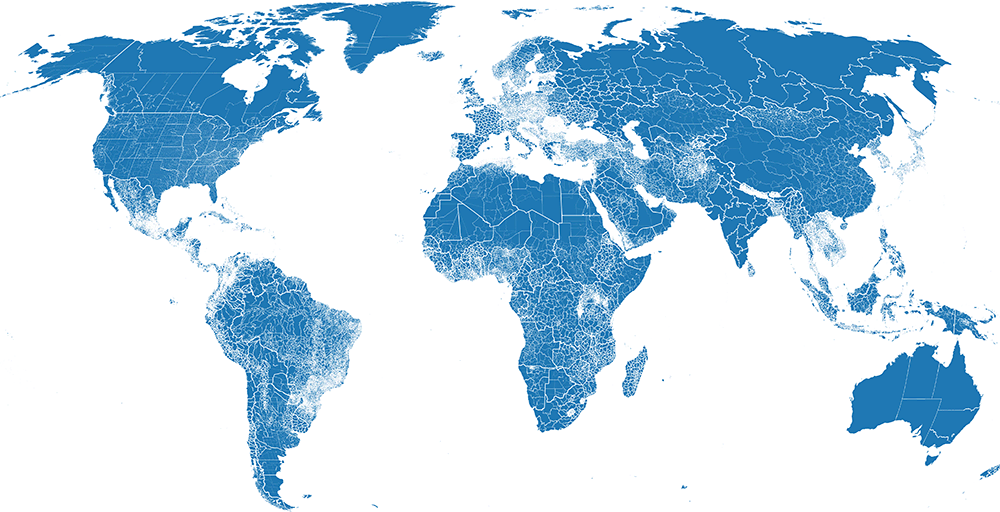Global Edge-matched Subnational Boundaries

Updated:
Humanitarian
Uses UN Common Operational Datasets (COD) when available, falling back to geoBoundaries for regions without coverage. Represents the latest available data for humanitarian operational use. Uses the OpenStreetMap International ADM0 worldview for edge-matching.
| Level | Geopackage (QGIS) | Geodatabase (ArcGIS) |
|---|
Attribution: FieldMaps, UN CODs, geoBoundaries, U.S. Department of State, OpenStreetMap
License: Open Data Commons Open Database License (ODbL)
Conditions: Derived work must include attributions, be offered under the same license, and keep open access to the data
Open
Uses geoBoundaries exclusively to ensure all data comes from sources with clearly defined licenses. Suitable for academic or commercial use. Uses the OpenStreetMap International ADM0 worldview for edge-matching.
| Level | Geopackage (QGIS) | Geodatabase (ArcGIS) |
|---|
Attribution: FieldMaps, geoBoundaries, U.S. Department of State, OpenStreetMap
License: Open Data Commons Open Database License (ODbL)
Conditions: Derived work must include attributions, be offered under the same license, and keep open access to the data
Download metadata tables as: json | csv | xlsx
See GitHub for technical information on how edge-matching is performed.